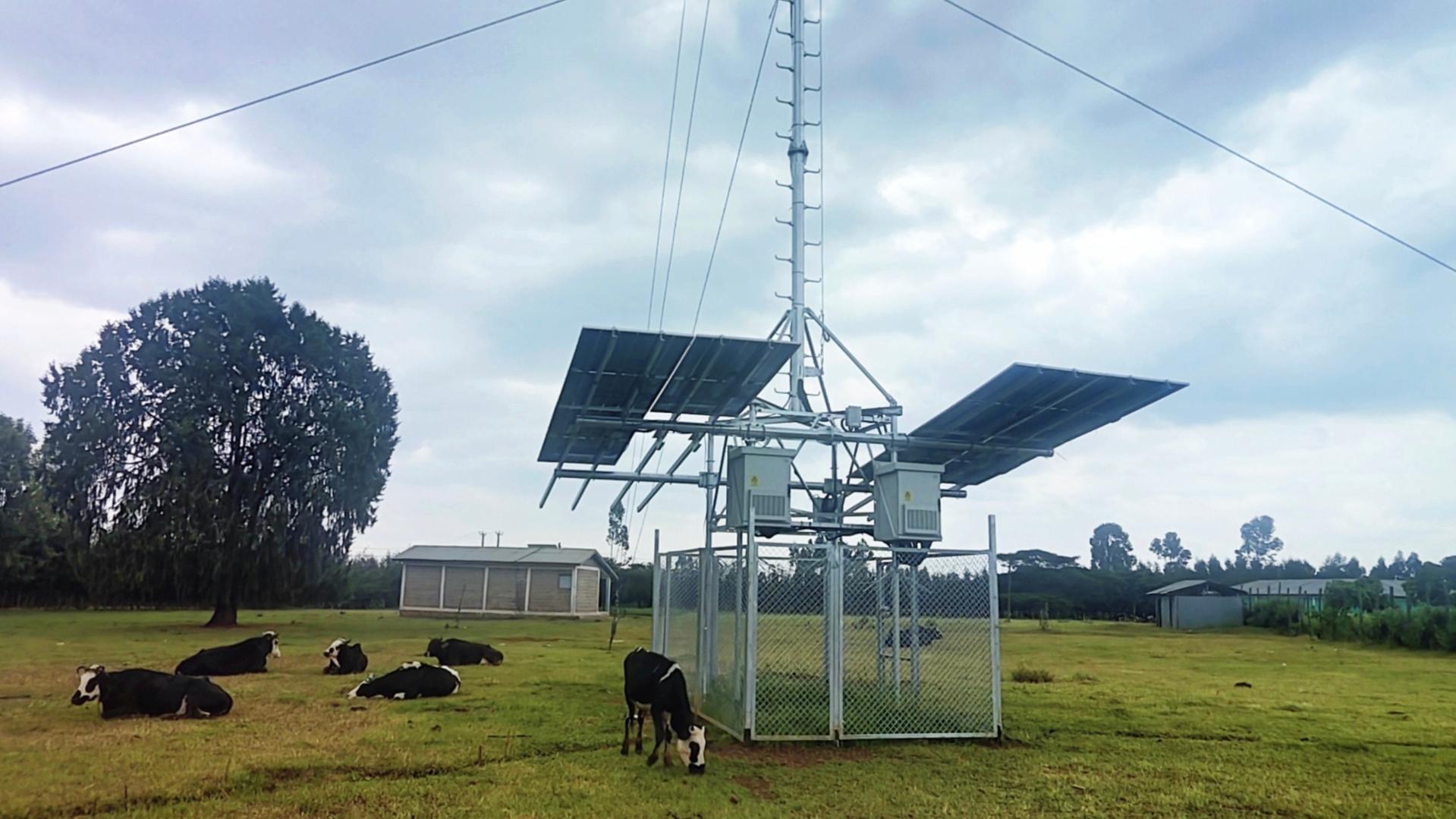ZTE, China Unicom Liaoning and Dalian Changhai Airport launch 5G-A ISAC private network to elevate low-altitude security and airport safety
- 5G-A millimeter-wave ISAC with edge AI boosts low-altitude detection accuracy up to 98% and cuts response time by 87%
- China's first island airport 5G-A ISAC private network achieves "one network, dual capabilities" — saving 30% deployment space and 25% capital expenditure versus. traditional "communication plus radar" models

Dalian, China, November 25, 2025 - ZTE Corporation (0763.HK / 000063.SZ), a global leading provider of information and communication technology solutions, together with China Unicom Liaoning and Dalian Changhai Airport, announced the successful launch and steady operation of a 5G-A private network integrating intelligent computing, sensing and communications (ISAC) at Dalian Changhai Airport's test flight field.
Situated amid maritime climate and complex island terrain, Dalian Changhai Airport faces distinctive security challenges in low-altitude airspace management. Conventional patrols and single-sensor radars leave material blind spots for "low, slow, small" targets such as drones and bird flocks, while response cycles to runway intrusions can extend to minutes—constraints that are incompatible with safe, efficient test flight operations.
To address these gaps, the partners have deployed a 5G-A ISAC architecture that unifies high-throughput connectivity and precision sensing in the same network element. ZTE's millimeter-wave ISAC base stations operating in mmWave spectrum transmit 5G signals whose reflections are analyzed for time-of-arrival, Doppler and phase characteristics, reconstructing target position, velocity and trajectory with sub-meter precision—achieving radar-like capability without separate radar hardware. At the edge, intelligent computing boards run AI models that fuse cellular sensing with video and geographic data for real-time multi-target classification, including bird-versus-drone discrimination.
The system design incorporates RedCap lightweight access to extend coverage across airspace, runway and ground operations and to onboard cameras and sensors in traditionally hard-to-reach locations. China Unicom Liaoning, serving as overall coordinator, led planning, private network deployment, integration and operations, while ZTE delivered the ISAC base stations, on-premises core network and end-to-end private network solution. Dalian Changhai Airport provided the scenario, requirements and operational coordination.
Since entering routine 24/7 service, the solution has demonstrated analyst-grade performance outcomes:
· Low-altitude target detection accuracy up to 98% in live operations
· Blind-spot rate for "low, slow, small" targets reduced from 30% to 5%—an over 80% relative reduction
· Mean response time for runway intrusions and equipment anomalies compressed from 15 minutes to 2 minutes—an 87% improvement
· Manual patrol frequency reduced from every two hours to once daily while maintaining zero safety incidents across 120 secured test flight missions
Security and trustworthiness are embedded end-to-end. The private network employs hard isolation with locally deployed core elements, strong access authentication and encrypted transport. Sensitive test flight data undergo edge desensitization before any uplink, with full lifecycle logging for auditability. China Unicom Liaoning's 7×24 governance, automated vulnerability scanning and rapid response processes sustain annual network availability exceeding 99.99% and keep repair times within stringent operational targets.
Beyond airport security, the architecture lays a foundation for low-altitude economy services and value-chain expansion. With open interfaces reserved for future integration, the platform can support drone scheduling, data traceability and broader "air-space-ground" applications. Compared with conventional "communications plus external radar" overlays, the ISAC approach enables "one network, dual capabilities," reducing deployment space and capital intensity while accelerating time-to-value. In planned next steps, the partners will explore scenario replication to additional regional airports and closed-campus environments, and evolve toward fusion sensing networks with broader coverage and higher precision. The approach also shortens investment payback versus traditional radar-centric systems by nearly 60%, improving scalability for wider adoption.
By combining ZTE's ISAC and edge AI innovations with China Unicom Liaoning's deployment and O&M excellence and Dalian Changhai Airport's operational domain expertise, the project establishes a replicable template for intelligent low-altitude security and a milestone for 5G-A private networks in critical infrastructure.



